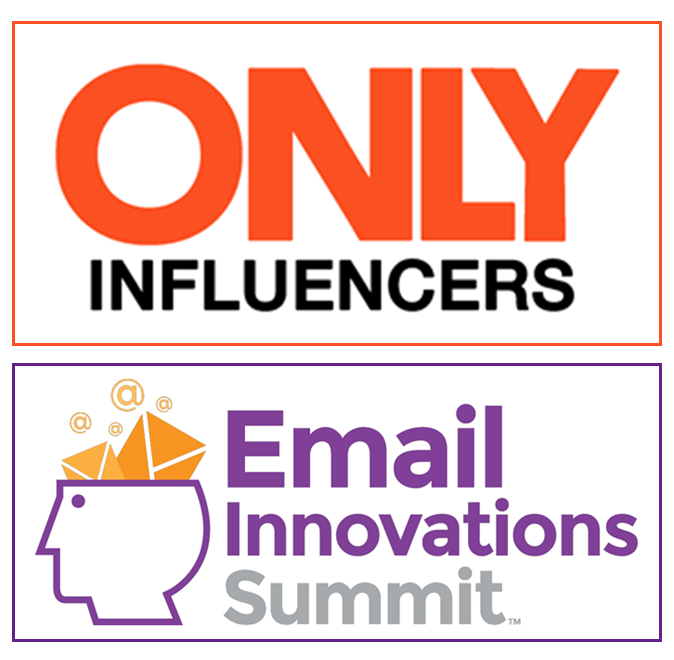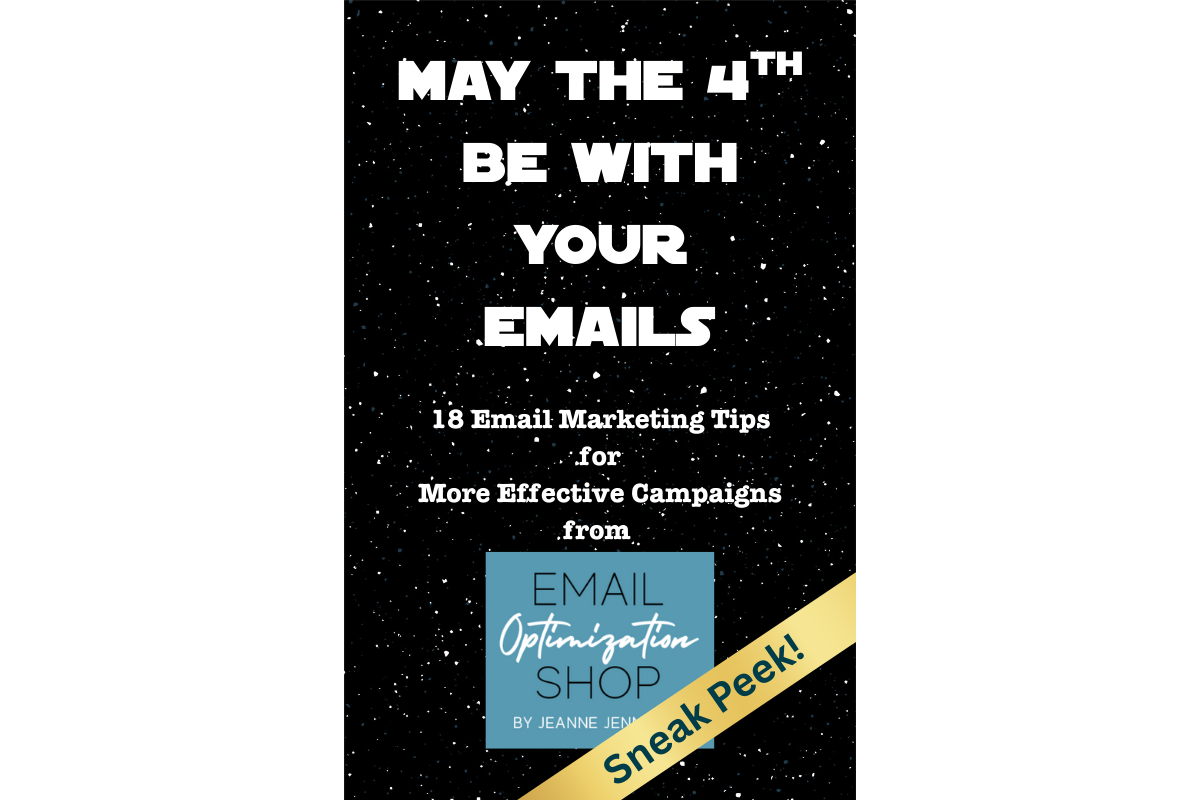For most organizations, older names on your list will perform less well than people that recently opted in to receive email from you. It’s something I call the honeymoon effect – newer people on your list are typically more excited to receive your email – and more likely to read and take action on it.
I first wrote about this back in 2012 for ClickZ, in a post that I republished here in 2020. And guess what? This ‘honeymoon effect’ is alive and well in 2024.
Here’s a case study based on my work with a client. They offer on-demand online training on a variety of subjects.
The Product, Offer and Audiences
Email subscribers get free access to many of the courses and partial access to the others. The goal is to upsell email subscribers to a paid membership that allows them unlimited access to all the courses.
We created a series of 8 email messages sent over the course of 14 days. These messages led with information about various free and paid training courses available to subscribers. The primary call-to-action (CTA) was to take advantage of their free access to these courses.
Each email also included a secondary CTA to upgrade to a paid membership for full access to the trainings.
Why didn’t we lead with the upgrade CTA?
You know that old marketing adage:
“Sell the sizzle, not the steak,”
Well, when you’re offering free content as an enticement to pay more for additional content, you are literally selling the steak, not the sizzle. You believe that the content is so valuable that it will sell itself if people use it. So to honor this, our primary CTA was to get people to use the content.
The upgrade offer was very enticing – you could save 29% or more off the regular price, depending on commitment (monthly or annual).
Initially we intended to send this series only to new opt-ins – those people who had just signed up and were new to the on-demand training content. Once the series was created, we had an idea: let’s version it slightly to make it relevant for those who have access to the free online content for a while and see if we can convert some of those subscribers to a paid membership.
The Results
Since we were looking to generate revenue from a sale, our key performance indicator (KPI) is revenue-generated-per-thousand-emails-sent (RPME). Why RPME and not just revenue-generated-per-email-sent (RPE)? Because RPME gives us a larger value, making it easier to see variances while keeping the magnitude of the variance the same.
For this initial analysis, we looked at the series as a whole. We did do a second, more granular analysis which looked at each individual email, but that’s overkilled for the topic of this blog post.
This client is using a linear attribution model, which credits revenue and conversions equally to each interaction in the conversion path. For example:
Customer purchases $1,000 of merchandise; this revenue is attributed across their marketing interactions over a given period (many models use 30 days):
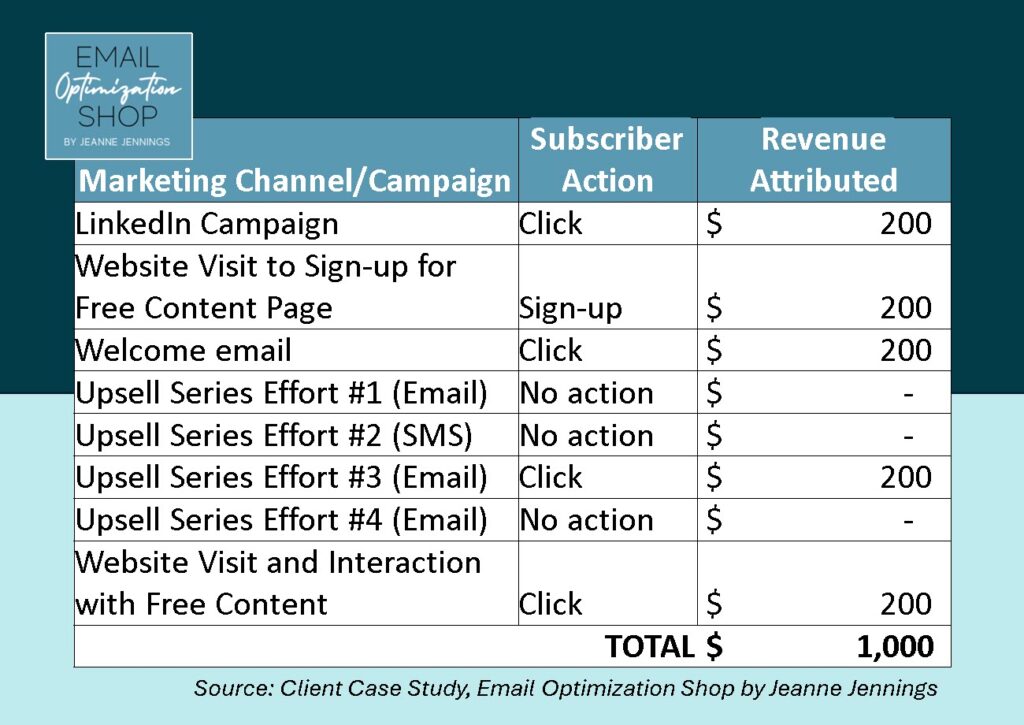
I’ve written about attribution before – here’s a good overview of attribution models.
Linear models aren’t great at identifying and rewarding the specific effort which drove the purchase action. But it is good at identifying and rewarding all the marketing contacts which likely contributed to a sale. For a situation like this, where using the product is the intended catalyst for a sale, this makes a lot of sense.
Let’s start by looking at the variance in revenue. It was significant; more significant than any of the variances in metrics.
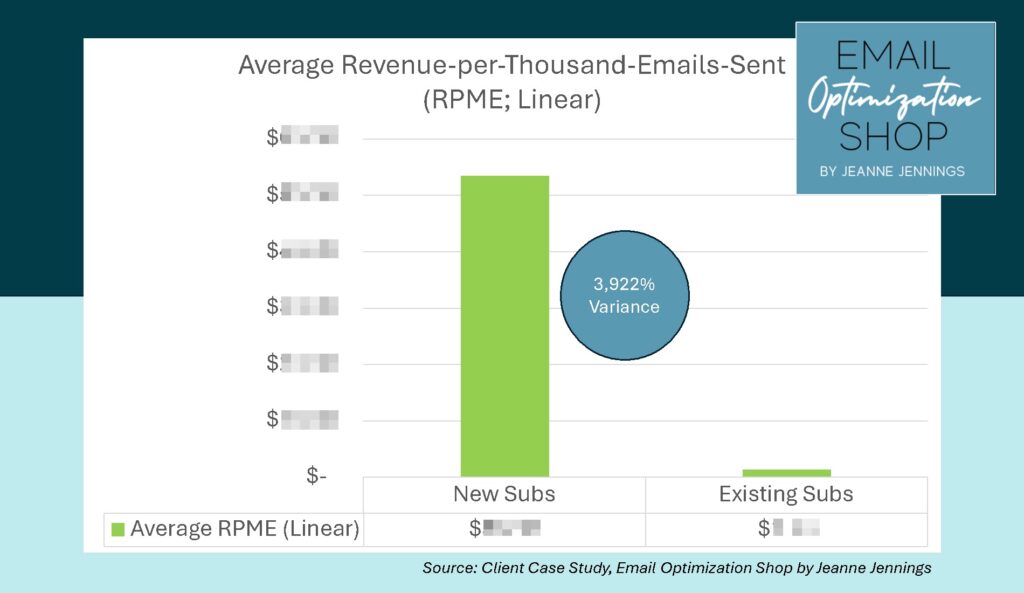
You’re reading that correctly. The variance between the existing subscribers and new subscribers was nearly 4,000%. That means for every $1 in revenue generated from the existing subscribers, the new subscribers generated more than $39.
We also saw the new subscribers best the existing subscribers in terms of conversion rate from sent (CR from Sent).

Here the variance between new and existing subscribers was 562%. This suggests that not only did a higher percentage of the new subscribers convert, they generated more money per sale.
Interestingly, the magnitude of the variances narrow when we shift to look at diagnostic metrics. See the click-through metrics below.
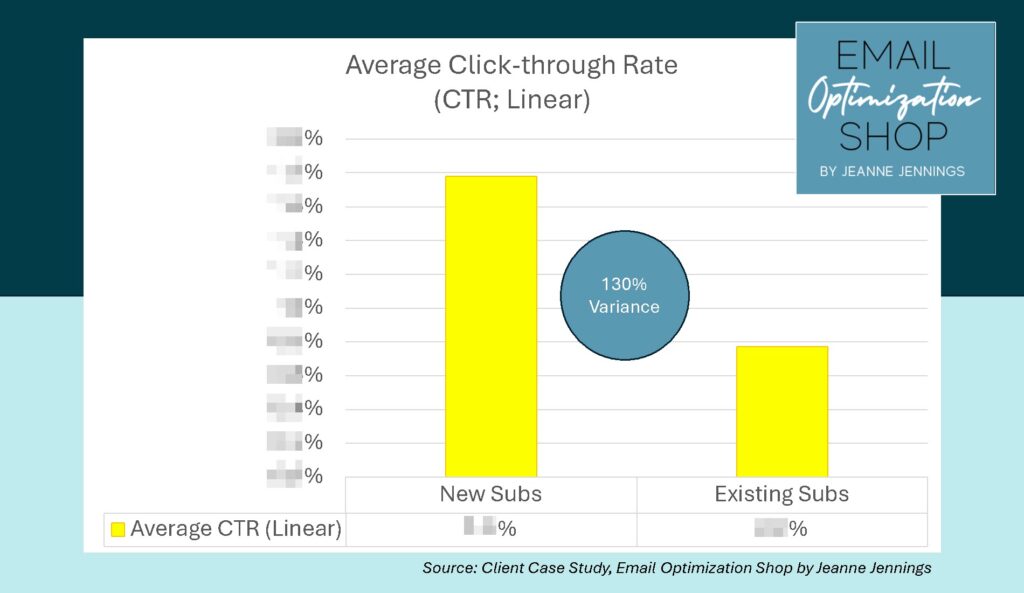
The click-through rate for the new subscribers was a bit more than double that of the existing subscribers.
The open rate variance between the two groups was even less.
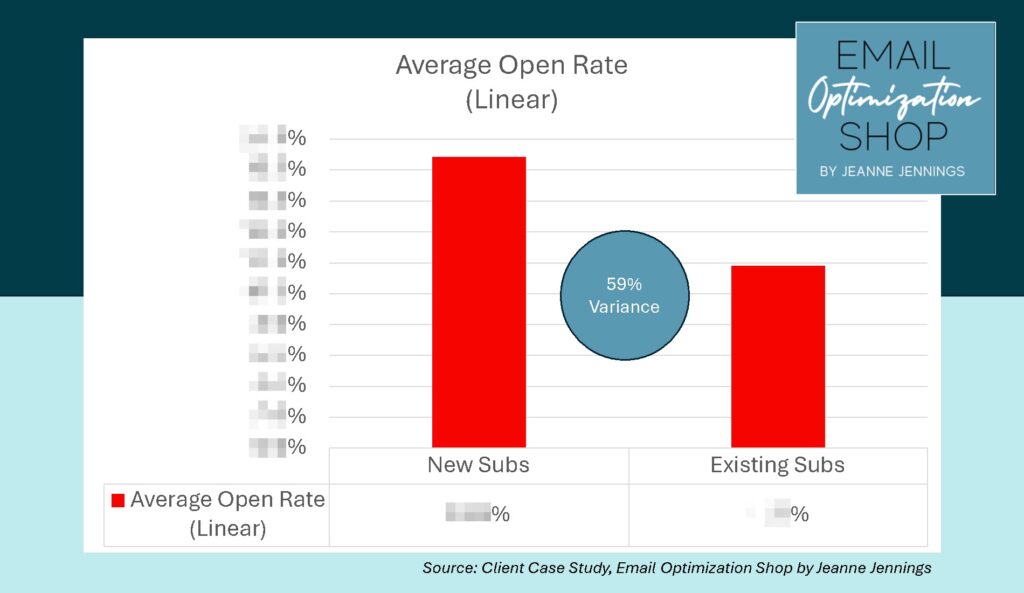
The open rate for the new subscribers was 59% higher than the open rate we received from existing subscribers. Could there be a margin of error in here due to MPP opens? Maybe. But it should be roughly the same for both groups. So while open rate is not an absolute metric, it can be used as a directional guide.
Not all is Rosy Thought
Sometimes, a positive variance isn’t a great thing. Like when it’s in relation to an unsubscribe rate.
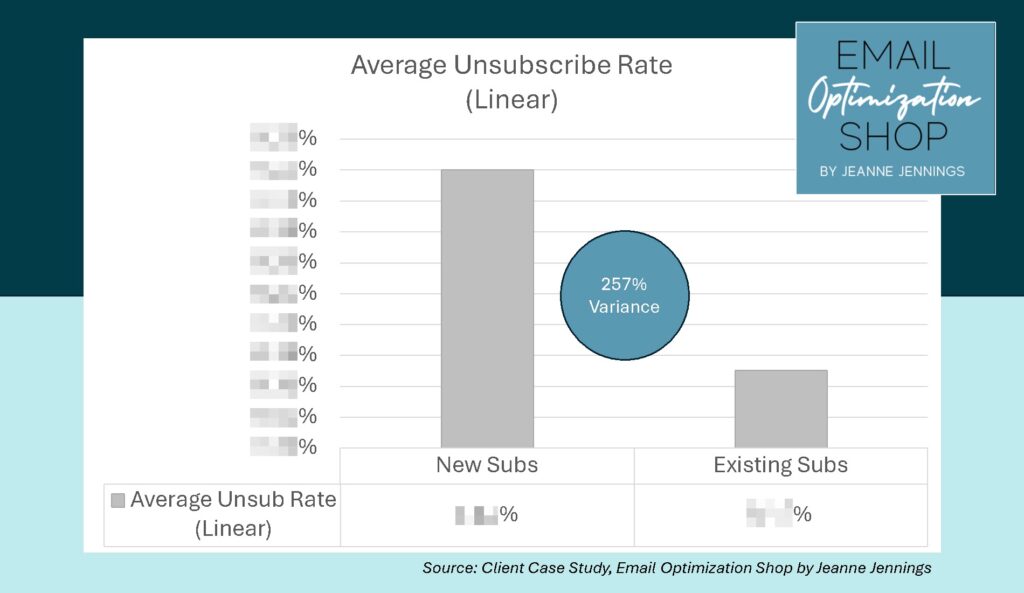
The new subscribers unsubscribed from the series at a rate 257% higher than the existing subscribers.
But… we are still below the industry standard of having an unsubscribe rate of less than 0.5%. And it’s not unusual for people who recently signed-up to decide that they actually don’t want an email relationship with a brand. Better to let them go now via unsubscribe then have they stay, feel bombarded, and submit a spam complaint.
Caveats
There are some factors here that may have impacted the results. They may suggest that the variances are less than reported, although they don’t negate them entirely.
The first is the size of the two lists. The new subscriber list was roughly one-tenth the size of the existing subscriber list. Smaller lists tend to perform better. So this could have caused the metrics to be a bit inflated.
Also, the brand had done a direct response campaign to it’s entire file, including these existing subscribers to the training courses, to sell the training courses just before this series was sent. So that likely caused some existing subscribers who were considering upgrades to make that happen.
Conclusions and Resources
Even with the caveats above, this case study is proof that new subscribers perform, on average, better than those who have been on your email list for a while.
Which is one more reason to make sure that your email list growth programs are consistently adding new qualified subscribers to your list. Looking for tips? Here are a few of my past blog posts on boosting your list growth.
And if you’re looking for help optimizing your existing campaigns, creating new campaigns, boosting your list growth, or even just a fractional VP or workshop training for your team, let’s chat!
Until next time,


Photo by Mackenzie Marco on Unsplash



